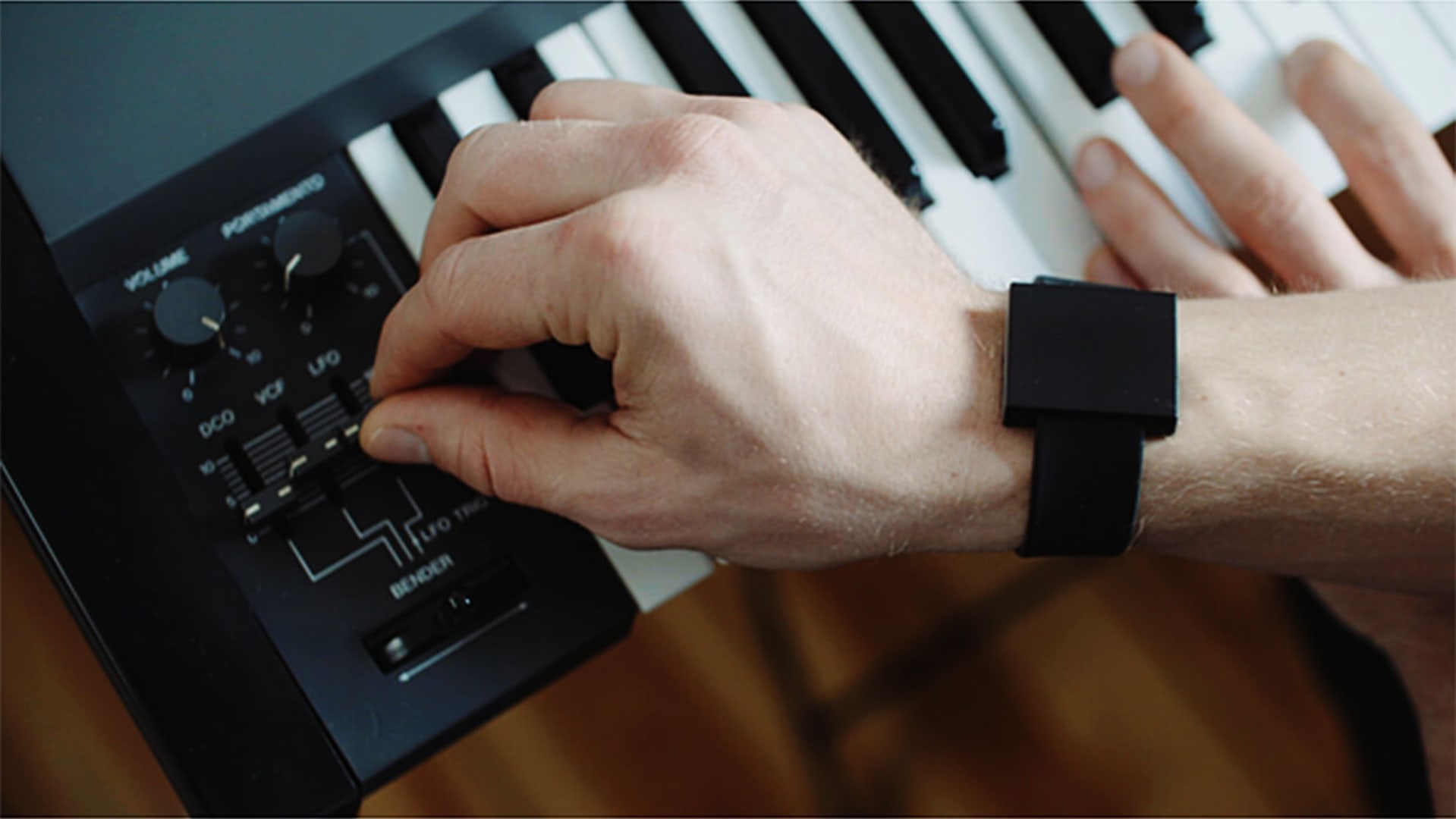
The Future Of Bass Is In Your Hands
It’s a question that’s guided audio engineers towards the uncharted waters of tactile audio technology. One of the latest developments is the Basslet, a wearable device that sends vibrations into your wrist, inducing bodily hallucinations of bass and musical depth—even with tiny headphones. We asked Daniel Büttner, head of Basslet’s Berlin development team, to fill in the gaps.
Electronic Beats: Why are hands the gateway for feeling sound?
Daniel Büttner: Our hands and wrists are especially sensitive to touch sensation. It’s not only the number of nerves but how closely the brain “listens” to those nerves. A blind person can read braille through their fingertips and a cellist can feel the subtle vibration of a bowed string. Actually, MIT researchers have recently developed a wristband that lets your entire body feel cold or warm— like an air-conditioner wristwatch. The wrist, as the extension of the hand, exposes vitals, like our pulse, which makes it really quite a unique part of our body. The Basslet works by using a perceptual trick. The brain doesn’t localize the music we hear to any single part of the body. So the Basslet is designed as an extension of what we hear, and the brain happily fills in the perceptual gaps. On the flip side, musicians often aren’t aware of their tactile listening skills when playing an instrument. Laptops and digital instruments don’t have any vibrotactile feedback; they feel completely numb. I discovered that you can’t build an intimate relationship with a laptop as an instrument. Only then did I realize how valuable tactile listening is to music.
EB: These days the majority of musical experiences occur on laptop speakers or budget headphones, especially for younger listeners. Was part of the motivation in developing Basslet related to the disappearance of the physical music experience?
DB: It’s undeniable that the Walkman, iPod and now smartphones and music streaming enable us to listen to any track, anywhere at any time. The impact of this technology is more than just convenience; we don’t have to gather in groups at a certain time and place to enjoy music. Suddenly, we have the freedom to enjoy a personal, inner sanctuary experience. We use music to “aestheticize urban space” as renowned sound studies expert Michael Bull describes it. So, yes, the Basslet includes our body in that music experience. It intensifies the music, like a drug minus the side effects. Actually, users have commented that there is a kind of side effect: A feeling of withdrawal after you stop using the Basslet. But there is another cultural analogy to indicate why the physical presence of music is more important to us than ever: In Berlin we go to clubs like Berghain where we get immersed in an ocean of sound. Producers specifically mix their music to work on modern sound systems, with special attention paid to how their music “feels” in a club. That intent is completely lost with normal headphones. The Basslet doesn’t aim to be a Pocket-iBerghain. We are merely after the same overarching goal: To provide a music experience that connects body and mind.
EB: How accurate are the sensations Basslet creates? Can it be used as a production tool? Is this more for consumers or for prosumers?
DB: The Basslet is like a small, high-precision speaker facing your body, and body perception will quickly tell us if a track has punch or “transients” as we call it in music production—even better than the ears do. Tracks with clarity and space in the bass feel great on the Basslet. Tracks that smush the low frequencies don’t feel as good. Music can lose its punch when stretching a song or adding certain effects. Although losing transients is sometimes hard to hear even for professionals, it’s instantly felt on the skin.
This article originally appeared in the Fall 2015 issue of Electronic Beats Magazine. Click here to read more from the magazine.
Published June 25, 2016.
